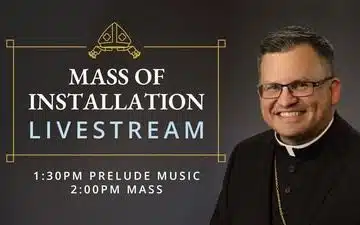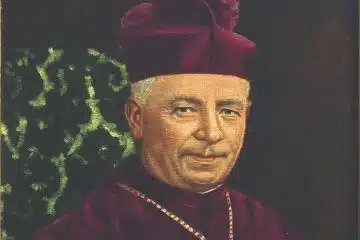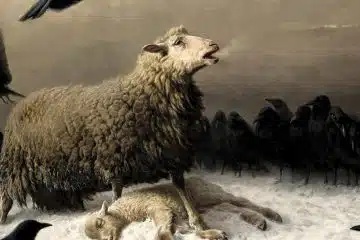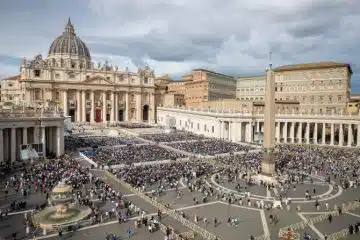Sunday Scripture: Children of God
Tuesday, April 28, 2009
By Terrance Callan
Fourth Sunday of Easter (B): Acts 4:8-12; 1 John 3:1-2; John 10:11-18
During the Easter Season we focus our attention on the death and resurrection of Jesus as the means of our salvation. We do the same thing every time we celebrate the Eucharist any time during the year.
Although the idea that we have been saved by Jesus’ death and resurrection is very familiar to us, we can always grow in our understanding of it.
The reading from the Gospel according to John explains how Jesus’ death and resurrection saves by using a metaphor. Jesus says that He is the good shepherd. His death and resurrection is the act of a good shepherd who gives his life defending the sheep from a wolf. This allows the sheep to escape being killed by the wolf.
In the case of an ordinary good shepherd, the sacrifice of his life leaves the sheep without a shepherd. However, Jesus lays His life down and takes it up again — He rises from the dead. So His death does not leave the sheep without a shepherd.
It is clear how the death of the shepherd saves the sheep. It is not clear how this metaphor applies to Jesus’ death. From what “wolf” did His death save us?
The reading gives no answer, but the Gospel of John as a whole sees Jesus’ death and resurrection as His return to the Father. When we see that Jesus has gone back to the Father, we can believe that He came from the Father, and that we can know the Father in Him.
Thus Jesus’ death and resurrection is the foundation for faith in Jesus; this faith means union with the Father through Jesus, which is what gives us life. In this way Jesus’ death saves us from death, the death of being isolated from God.
The reading from the Acts of the Apostles explains in a different way how Jesus’ death and resurrection saves. In the early days of the church, shortly after the death and resurrection of Jesus, Peter cured a man who had been lame from birth (Acts 3:1-10). In today’s reading Peter explains how the cure was effected: “It was in the name of Jesus Christ the Nazarene whom you crucified, whom God raised from the dead; in His name this man stands before you healed.”
It is easy to see how the death and resurrection of Jesus has saved this man; it has given him health. However, all people do not suffer from this sort of ailment, and not all who do suffer are cured. This cure must be understood as a sign of salvation, not salvation itself.
Once again the reading does not tell us what salvation itself is. But we can at least see from the sign that it means wholeness, becoming what we were created to be.
The reading from the first letter of John tells us that the salvation effected by the death and resurrection of Jesus occurs in two steps. Already Jesus’ death and resurrection has made us “children of God.” Our faith in Jesus, based on His death and resurrection, has brought us into the relationship of children with the Father. This is not obvious to all, just as it was never obvious to all that Jesus was the son of the Father. But this is only the beginning; “what we shall be has not yet been revealed.”
Our faith in Jesus makes us like Jesus. We are already like Him in being children of God. But He is now in glory with the Father, and when He comes again, we will be like Him in His glory.










